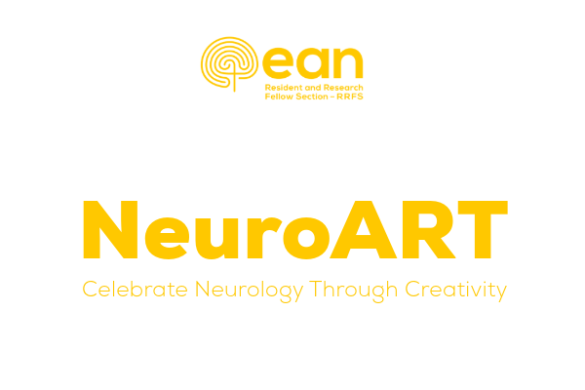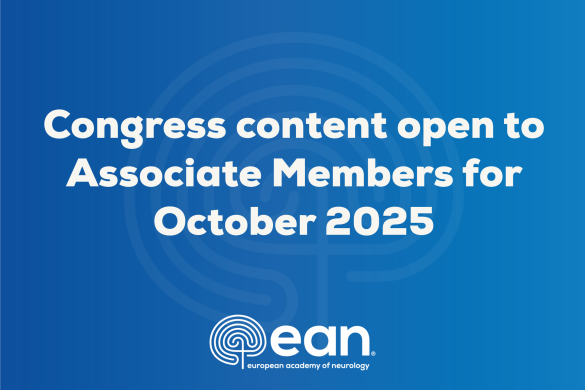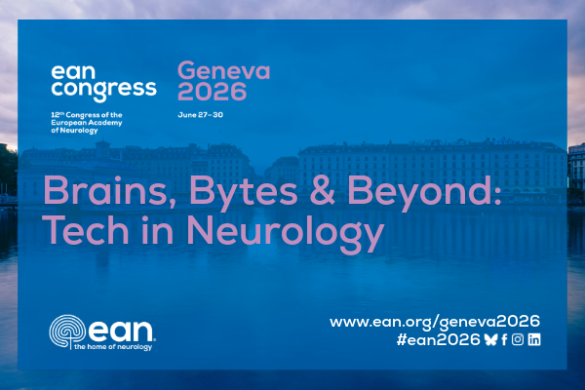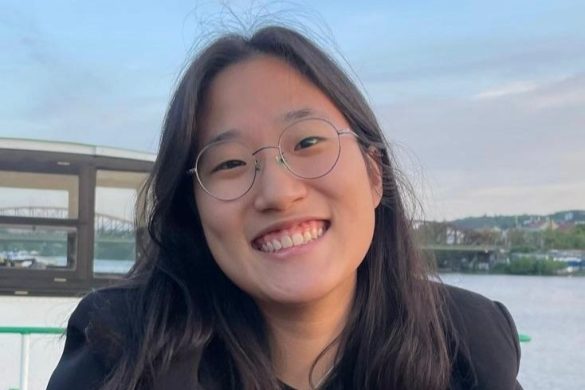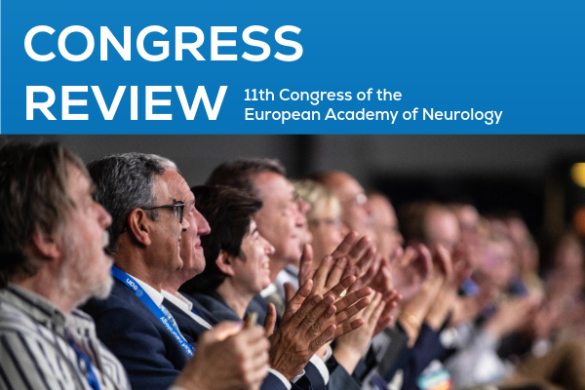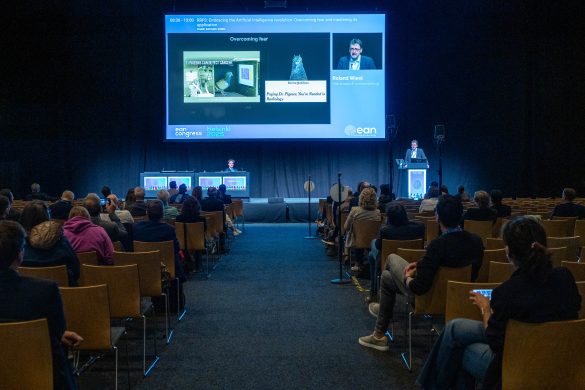by Valentino Rački
In the session Clinical Grand Rounds: Neurological diseases do not learn neurology! chaired by László Csiba, several complex cases were presented, emphasising the challenges in diagnosing neurological conditions. The session highlighted the importance of a multidisciplinary approach and thorough investigation.
The first case involved a 19-year-old male who presented with ataxia. Aniko Papp and Anita Kamondi presented the case. The patient experienced wrist pain, clumsy hands, gait issues, and weight loss. Despite normal results in several tests, anti-Hu antibodies were found positive. The majority of the audience agreed that therapy and searching for cancer is the appropriate course after the suspicion of paraneoplastic polyneuropathy, and further investigation revealed paraneoplastic polyneuropathy associated with a seminoma in the thymus. Treatment with plasma exchange and thymus removal led to considerable improvement, but the state was complicated with limbic encephalitis and seizures. Treatment over several years slowly improved the patient’s condition.
László Csiba highlighted the complexity of the case, stating, “Sometimes one symptom is absent, extra symptoms can be found; medicine is a special subfield of science.” The patient was present on stage and showcased the improvement in walking. Regarding the patient’s condition, László Csiba stated, “Never give up.”
Presented by Peter Golopencza and Ildiko Vastagh, the second case involved a 27-year-old male who presented with acute coma and nuchal rigidity. The audience was split in initial working diagnosis between neuroinfection (meningoencephalitis) and COVID-19-induced septic shock. The patient required intensive care, and the diagnosis of Addison’s disease was later established. László Csiba emphasised the importance of a multidisciplinary approach, stating, “Multidisciplinary approach in clinical practice is important.” The video of the patient saying, “Hello everyone, I am well,” showcased the successful outcome.
The third case, presented by Mark Kozak, featured a 61-year-old female patient who complained of extreme fatigue, coughing, and an unusual headache. Diagnostic procedures pointed to a heart problem. The majority of the audience polled considered this as an acute myocardial infarction. However, further evaluation revealed non-compact cardiomyopathy and suspicion of Takotsubo syndrome, the cause of which was an underlying aneurysmal subarachnoid haemorrhage. The presenter highlighted the association of Takotsubo syndrome with aneurysmal subarachnoid haemorrhage, stating, “The mortality of this syndrome with subarachnoid hemorrhage is up to 25%, so recognition of this is important.” Thorough history-taking and physical examination were emphasised by László Csiba, stating, “We have to try and investigate patients from top to bottom.”
Presented by László Oláh, the fourth case involved a 71-year-old male with subacute dysphagia and diplopia. Initial examination revealed double vision, dysarthria, and severe dysphagia. The audience initially considered a paraneoplastic syndrome (Lambert-Eaton syndrome), but the patient’s symptoms worsened. Eventually, the diagnosis of botulism was confirmed by the presence of botulinum toxin type B. The patient was improving with treatment, but unfortunately removed his nasogastric tube too early, and died from aspirating pneumonia soon after. This case was quite difficult, proven by the mistaken answers by the audience, with an unfortunate outcome.
In summary, the session presented complex cases that highlighted the challenges in diagnosing neurological diseases. The importance of a multidisciplinary approach, thorough investigation, and comprehensive patient care was emphasised. The session showcased the need to consider a wide range of possibilities and avoid narrow-minded thinking in medical practice.




